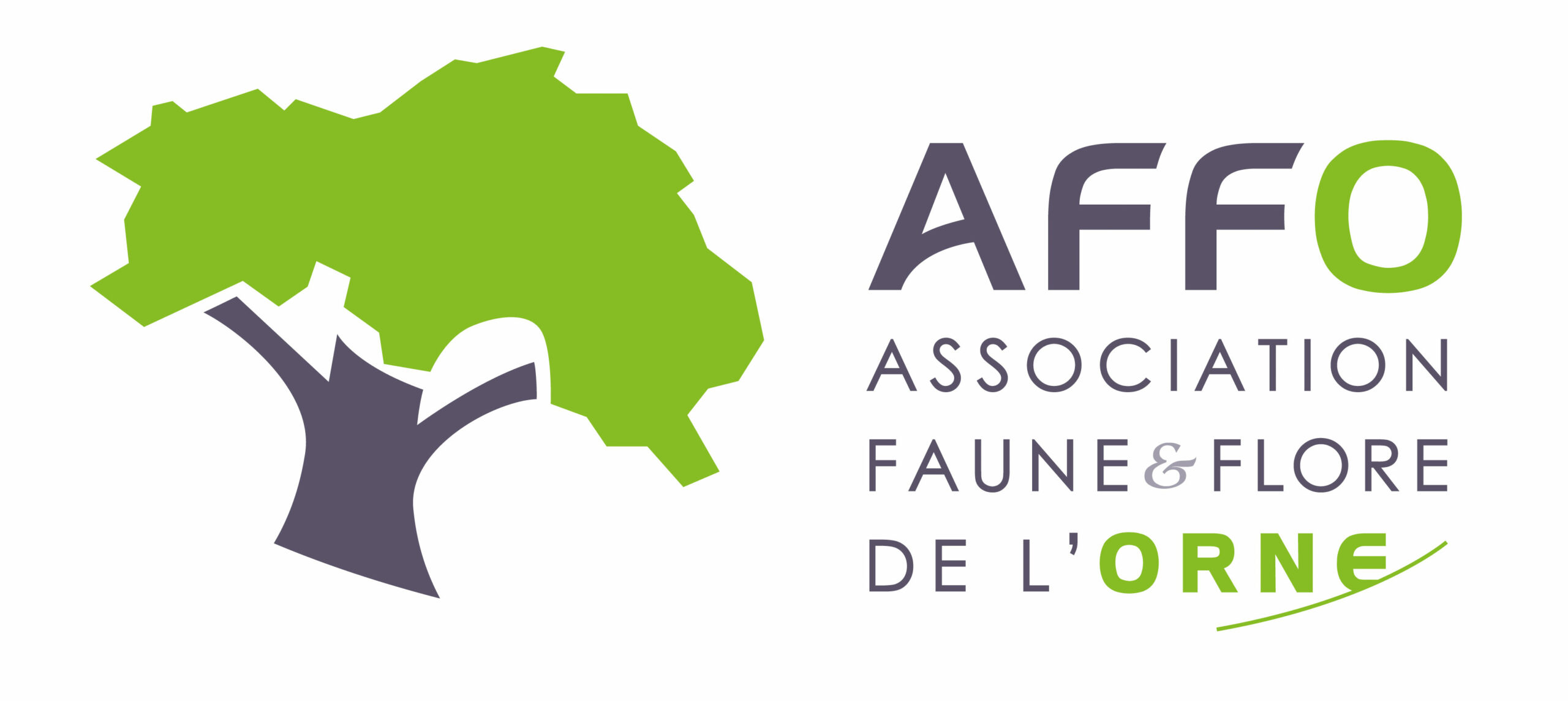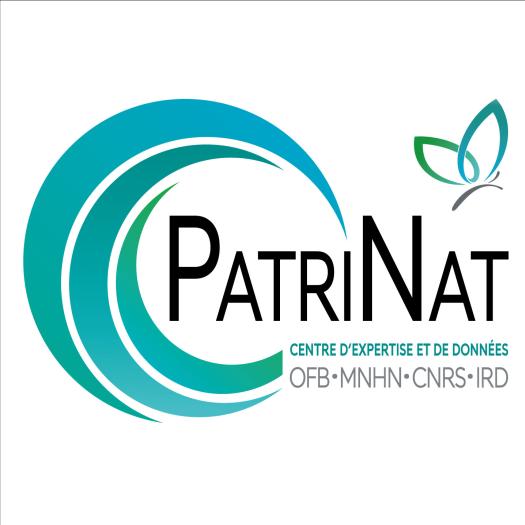Où cette espèce a-t-elle été observée ?
 Attention : cette espèce peut être présente où il n’y a pas de maille, mais à ce jour elle n’y a pas encore été observée.
Attention : cette espèce peut être présente où il n’y a pas de maille, mais à ce jour elle n’y a pas encore été observée.
- 67 observations
-
31
communes -
25
observateurs
8
organismes -
Première observation
1980 -
Dernière observation
2025
Appenai-sous-Bellême - Arcisses - Authon-du-Perche - Bazoches-sur-Hoëne - Bellavilliers - Bretoncelles - Chapelle-Guillaume - Charbonnières - Coudray-au-Perche - Feings - La Bazoche-Gouet - La Ferté-Vidame - La Gaudaine - La Madeleine-Bouvet - La Ventrouze - L'Hôme-Chamondot - Longny les Villages - Manou - Montireau - Moutiers-au-Perche - Nogent-le-Rotrou - Perche en Nocé - Pervenchères - Pouvrai - Rémalard en Perche - Saint-Cyr-la-Rosière - Saint-Martin-du-Vieux-Bellême - Senonches - Thiron-Gardais - Tourouvre au Perche - Val-au-Perche
-
PNR du Perche
Participation à 24 Observations
Part d'aide à la prospection : 35.82 %
Fiche organisme
-
Association Faune & Flore de l'Orne (AFFO)
Participation à 24 Observations
Part d'aide à la prospection : 35.82 %
Fiche organisme
-
DREAL Centre-Val de Loire
Participation à 8 Observations
Part d'aide à la prospection : 11.94 %
Fiche organisme
-
Eure-et-Loir Nature
Participation à 5 Observations
Part d'aide à la prospection : 7.46 %
Fiche organisme
-
UMS PatriNat (OFB-CNRS-MNHN)
Participation à 5 Observations
Part d'aide à la prospection : 7.46 %
Fiche organisme
-
Ministère de la Transition écologique et de la Cohésion des territoires
Participation à 3 Observations
Part d'aide à la prospection : 4.48 %
Fiche organisme
-
Conservatoire d'espaces naturels du Centre-Val de Loire (CEN CVL)
Participation à 1 Observation
Part d'aide à la prospection : 1.49 %
Fiche organisme
-
France Nature Environnement Centre-Val de Loir
Participation à 1 Observation
Part d'aide à la prospection : 1.49 %
Fiche organisme
Informations espèce
Répartition actuelle en France métropolitaine
© INPN - Avertissement : les données visualisables reflètent l'état d'avancement des connaissances et/ou la disponibilité des données existantes au niveau national : elles ne peuvent en aucun cas être considérées comme exhaustives.









